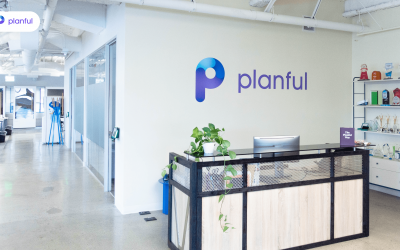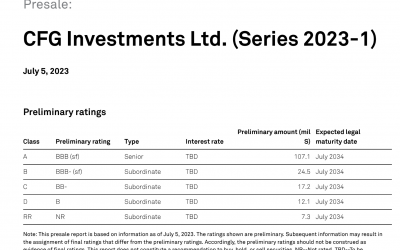Owning property provides you with equity, making it such a great investment. In the case of a home purchase with financing you are building equity over time, through both the property value increase and paying down your loan.
With the equity you can secure low cost funds in the form of a second mortgage. Either through a one time loan or a Home Equity Line of Credit (HELOC). We’ll go over the pros and cons of each of these forms of credits.
Home equity loans and HELOCs use the equity in your home as collateral. With the loans being secured against the equity value of your home they can offer some competitive interest rates. Compared to other lines of credit, like credit cards or personal loans, you’ll be paying less in financing fees.
The risk you take increases however with your home taking a second lien, giving the lender the rights to the house along with the first lender if the payor fails to make payments. The more borrowed the more risk you are taking on defaulting.
These loans have similar underwriting guidelines to mortgages. They have to see how much they can lend based on your property and credit worthiness. Expressed in a combined loan to value (CLTV) ratio.
Home Equity Loans
This type of loan comes as a lump sum of cash that comes with fixed rates so monthly payments are the same throughout.
Most lenders will not give you one for less than $35,000 so for smaller amounts this loan may be a stretch. There are also a lot of closing costs, very similar to a mortgage; including: loan processing fees, origination fees, appraisal fees, and recording fees.
HELOCs
These are a revolving source of funds, very similar to a credit card. These funds are able to be redeemed in various ways, whether through an online transfer, check, or credit card connected to the account.
They have fewer fees and closing costs, but tend to feature variable interest rates.
There is a little more flexibility through these credit lines, where you can borrow against the credit line at any time, and unused funds do not charge interest. These features vary by lender, but can provide some easy affordable access to funds.
Phases of HELOCs
There are two periods: draw period and repayment period.
During a draw period, usually lasting around 10 years, you can withdraw any funds from the HELOC amount, and only have to pay interest payments.
Once you enter the repayment payment, you can no longer withdraw from your HELOC and must start paying back against the principal on the amount you withdrew. This can increase your monthly payment by a lot, so it is an important feature to watch for.
These phases can have differences based on your lender, like extension ability, or different repayment options.
Whether you decide to go for a HELOC or Home Equity Loan you have options on securing funds from the equity you’ve acquired from your home. Make sure to review your options, getting quotes and options from various lenders. Ensure you read all the fine print, and that the loan or line of credit fits into your financial plan.







0 Comments